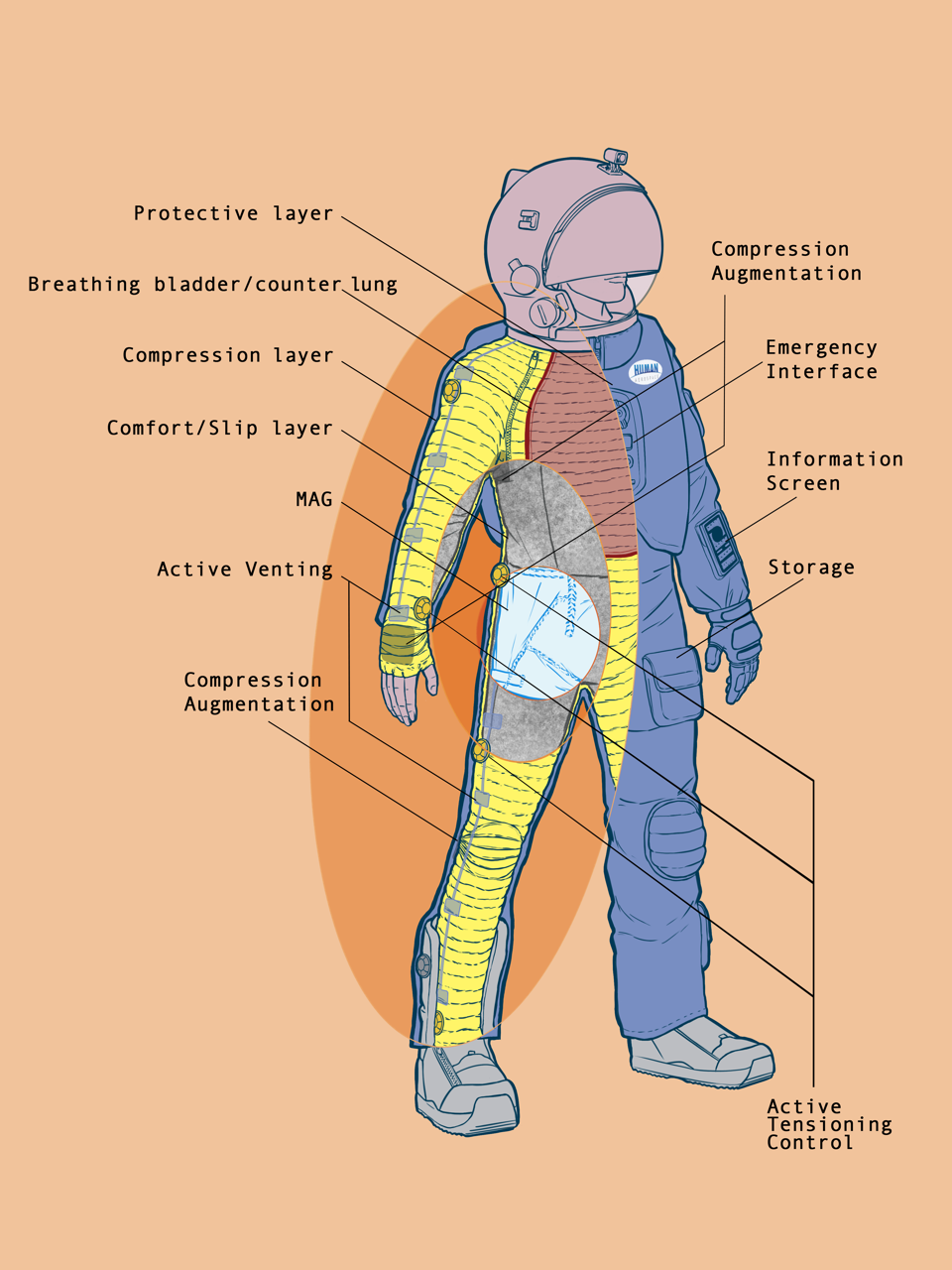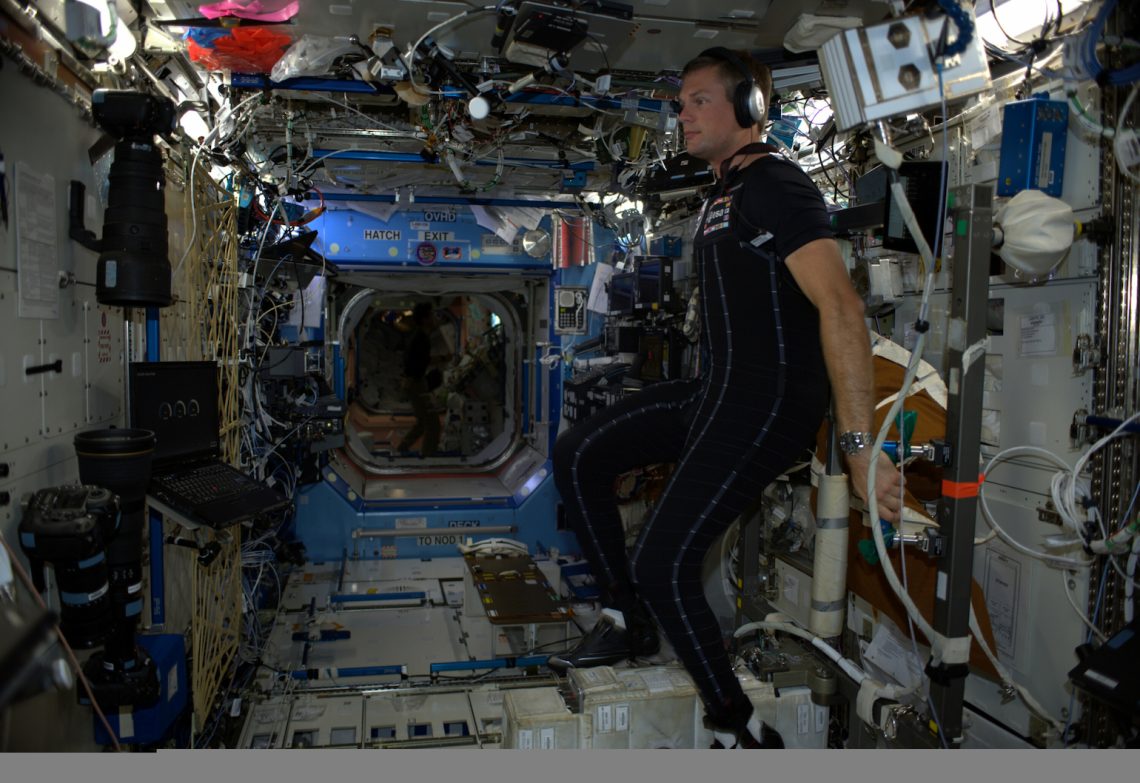Life in microgravity can wreak havoc on the human body, but aerospace engineer Dr James Waldie has spent much of his career developing technology that shoulders the load and makes astronauts feel more at home in space.
Waldie is CEO and co-founder of medical-grade compression apparel company Cape Bionics, where he and his team custom-design and manufacture garments for elite athletes with proprietary compression regimes optimised for performance, recovery, travel or rehabilitation.
The technology is drawn from Waldie’s experience developing compression garments to support astronauts during short and long-term space exploration.
But when he is not overseeing work at Cape Bionics, Waldie is CEO of Human Aerospace, which provides specialised space life sciences and bioastronautics services to the defence and aerospace industries.
He is currently working with a team of scientists to develop new gravity loading compression spacesuits, including an intra-vehicular activity “skinsuit”.
The absence of gravitational loading in space can have an adverse impact on astronauts, leading to loss of bone density and body mass. Waldie has spent almost two decades developing compression spacesuits and his invention, the Gravity Loading Countermeasure Skinsuit, or GLCS, is a skin-tight spacesuit that gradually increases the degree of tension from the astronauts’ shoulders to their toes.
This mimics the normal bodyweight loading due to gravity on Earth, but Waldie explained the suits must be personalised to each astronaut.
“That’s not only because the loading is related to your body weight, but it’s also down to the shape and size of your body,” he said.
“We had to have the vertical stretch of the material increasing to try and increase that vertical tension and load, but we also had to keep the suit quite tight to enable that stretch regime and to transfer the loads into the body.”

With funding from an Australian Space Agency grant, Waldie and his team at Human Aerospace are currently developing the next generation of skinsuits for astronauts to wear for the NASA Artemis lunar exploration program. He’s also developing technology to support astronaut health when they return to Earth.
Up to 80 per cent of astronauts experience orthostatic intolerance after returning from a long-term space mission. The condition relates to the inability to maintain blood pressure while in an upright position.
“When astronauts who are adapted to microgravity come down on to the surface, the blood pools in the lower body and they can faint very easily,” Waldie said.
That is why he sought to develop a garment that applies high compression on the lower body that would reduce that pooling and maintain blood flow to the brain.
“The technology and engineering that goes into allowing people to survive beyond our atmosphere, to float in space, to walk on the moon — and soon on other planets — has always been a passion of mine,” said Waldie.
“But we need to support their health when they’re back on Earth, too.”



